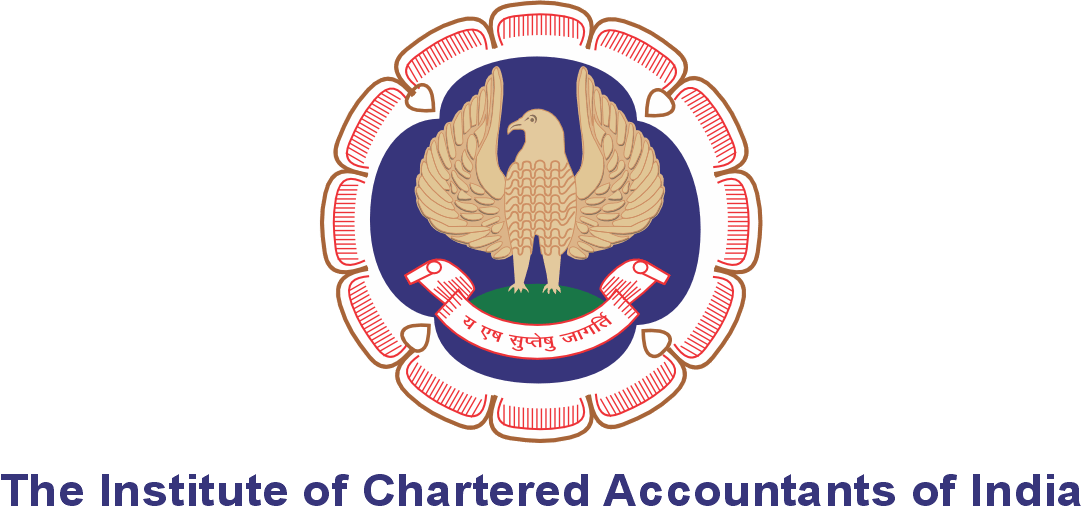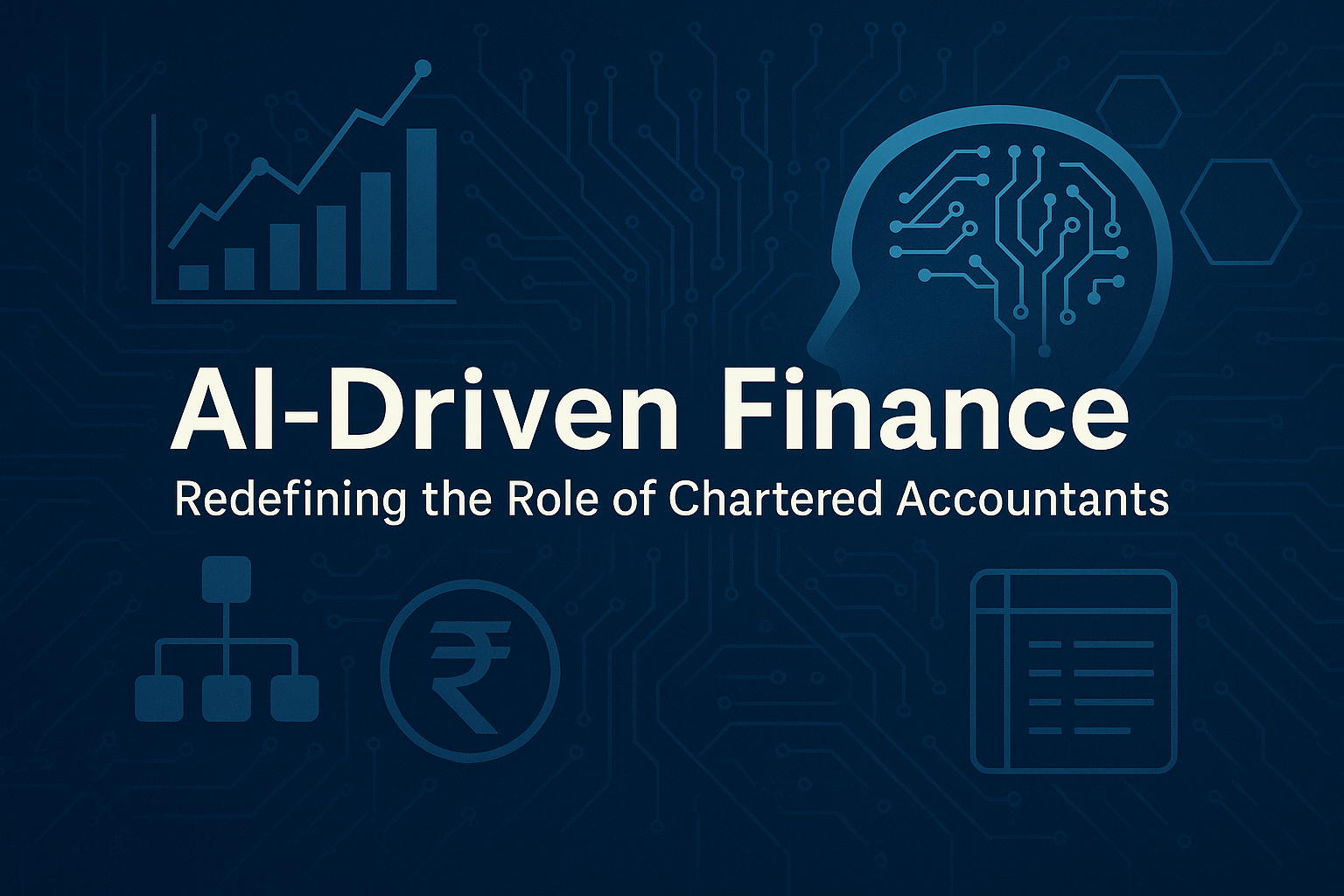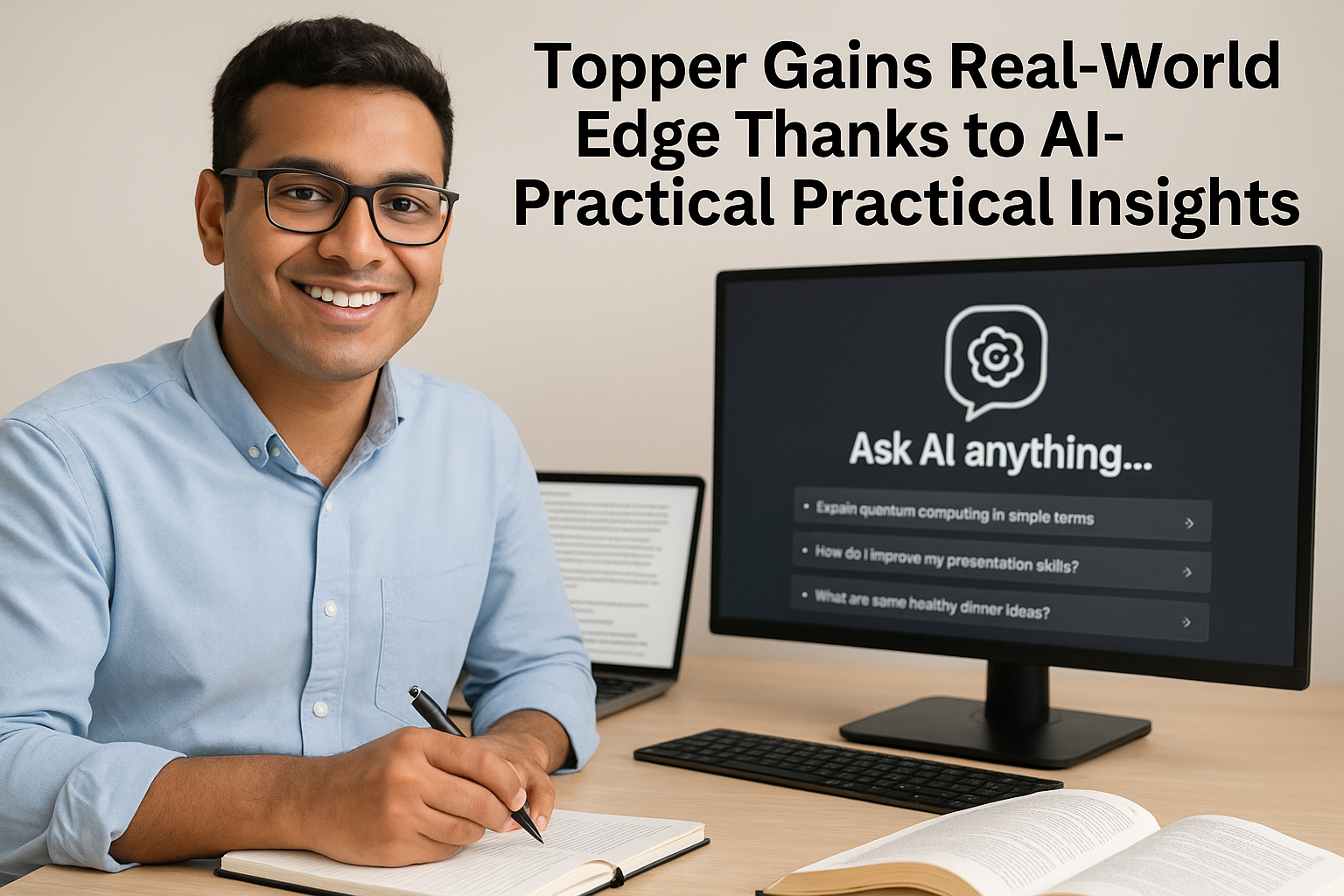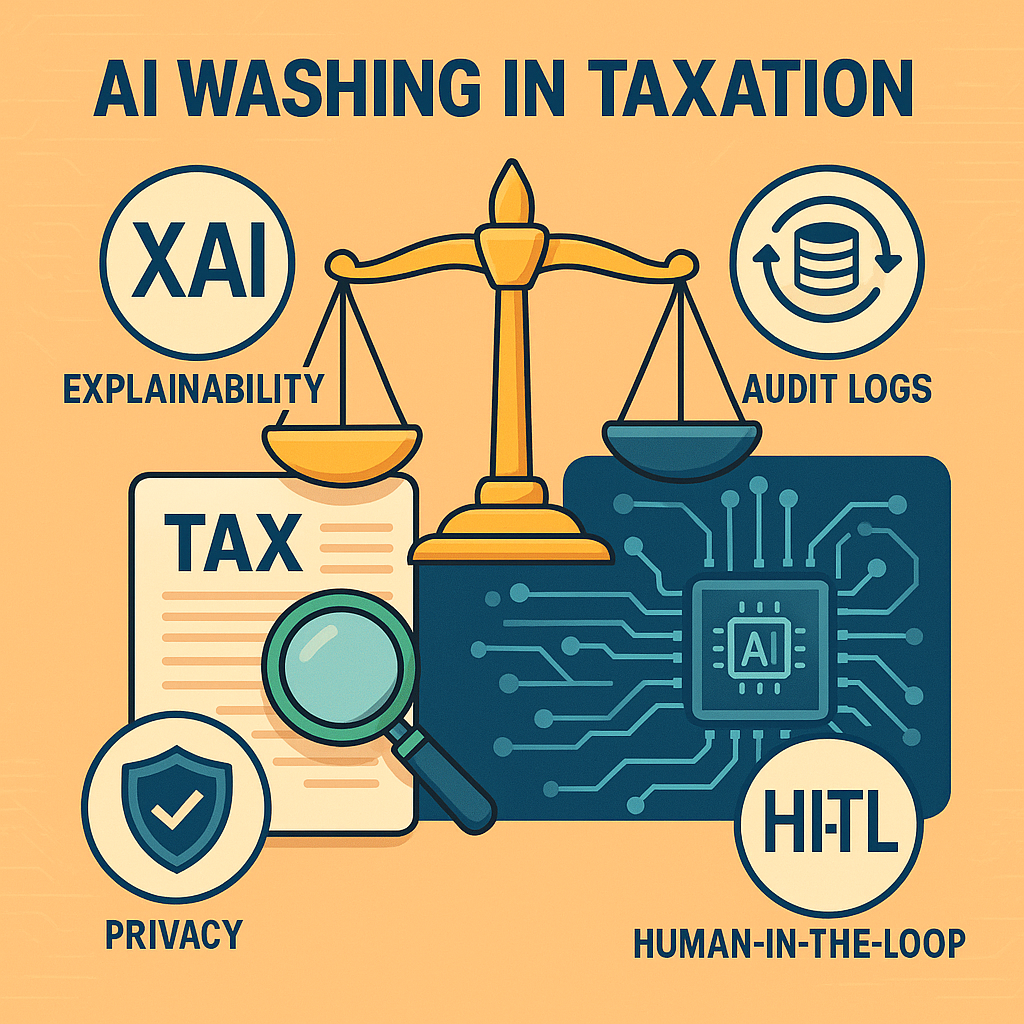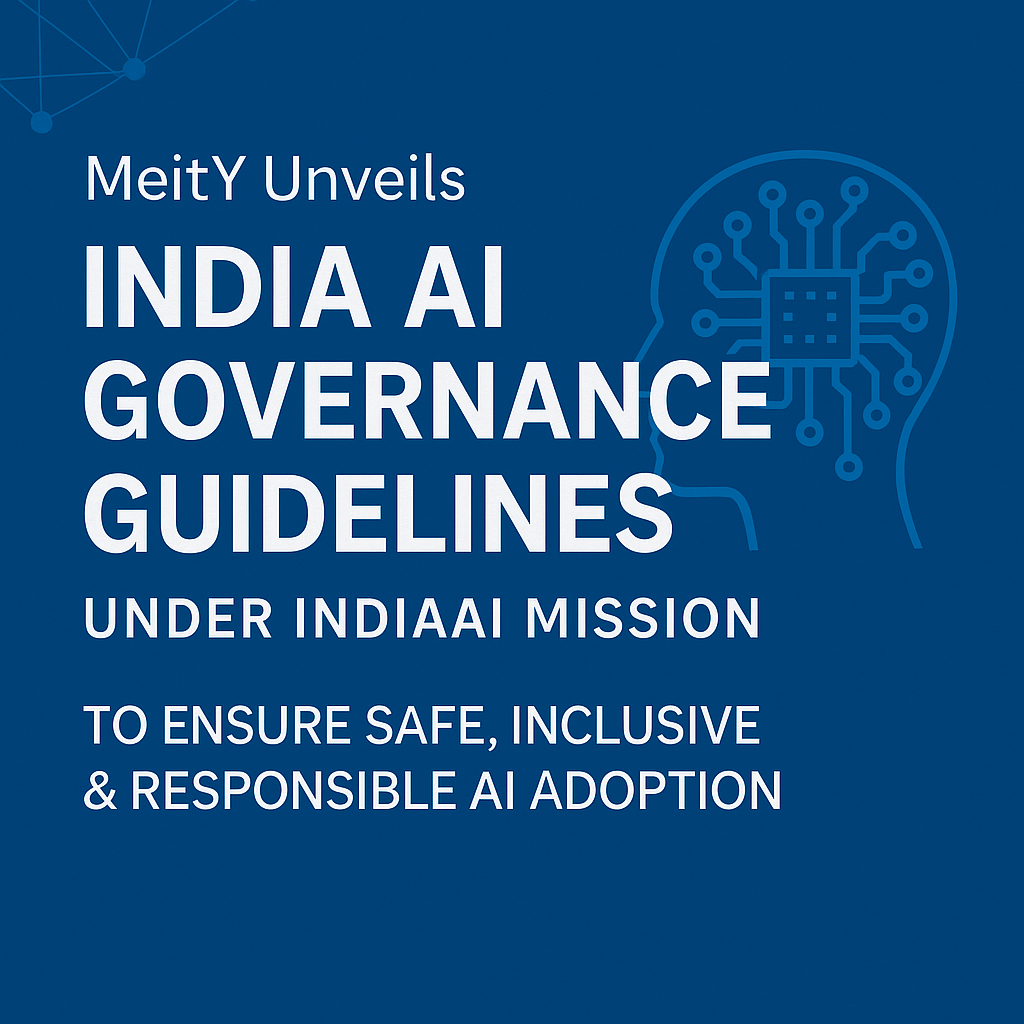The Changing World of Finance
Accounting has evolved from hand-written ledgers to spreadsheets, ERPs, cloud systems—and now AI in accounting. What’s new isn’t just speed; it’s intelligence. AI surfaces hidden risks, patterns, and insights across entire books in real time, shifting CAs from transaction processing to strategic finance, risk advisory, and AI governance.
- Key takeaway: AI offloads routine work (reconciliations, invoice checks, basic tests of detail) and positions CAs as interpreters of model outputs, custodians of ethics, and advisors on business decisions—exactly where professional judgment matters most.
What “AI” Means in the Finance Context
- Machine Learning (ML): Finds trends, flags outliers, predicts cashflows, and powers continuous auditing over full populations (not just samples).
- Natural Language Processing (NLP): Reads contracts, policies, and disclosures; classifies clauses; drafts and compares narratives; accelerates financial reporting reviews.
- Robotic Process Automation (RPA): Executes repeatable, rule-based tasks in accounts payable, GST reconciliation, and filings—reducing cycle time and error rates.
These capabilities already underpin AI-driven audits, smart invoice processing, and exception monitoring at scale. The professional edge comes from understanding how systems are trained, what data they rely on, how bias can creep in, and whether outcomes are explainable and audit-ready.
Real-World Momentum: India and the World
India’s acceleration
- ICAI’s AI roadmap & portals. ICAI has publicly outlined an AI roadmap and created dedicated channels for resources, events, and guidance—part of a visible push to mainstream AI across member and student services.
- CA-GPT access for members/students. A beta environment (OTP-gated for members/students) is live, reflecting experimentation with domain-trained assistants to support audit, tax, and reporting workflows.
- AIS 2025 & nationwide programming. ICAI hosted the AI Innovation Summit 2025 (Pune) with follow-on regional events—publicly signaling curriculum changes and scaled training.
The policy and compliance backdrop
- GST analytics & fraud detection. Authorities report stepped-up detection of fake ITC and shell firms, supported by analytics and technology-enabled enforcement—evidence that RegTech is already strengthening oversight.
- MCA21 V3 AI features. Commentary and explainer pieces highlight AI/ML checks and anomaly-flagging in India’s corporate filings stack, underscoring how compliance platforms are embedding intelligence.
Governance Is the Strategy: Laws and Standards to Know
- India’s Digital Personal Data Protection (DPDP) Act, 2023. Establishes consent, data fiduciary obligations, and rights-based processing—requirements CAs must reflect in their AI governance, data retention, and audit trail practices.
- The EU AI Act (2024). The world’s first horizontal AI regulation sets risk-based controls and phased obligations (with timelines the Commission has reaffirmed). Multinationals and Indian firms with EU touchpoints must plan for model transparency, risk management, and documentation.
Implication for firms: AI isn’t just a toolset; it’s a regulated decision system. CAs are uniquely placed to assure fairness, auditability, explainability, and compliance by design.
From Operator to Advisor: The CA’s Expanded Role
- AI-assisted auditor: Validates model exceptions, designs control tests for algorithms, and challenges black-box outputs.
- Data interpreter: Translates model signals into board-ready insights—linking anomalies to business drivers and cash-flow impacts.
- Ethics & trust lead: Ensures responsible AI, bias testing, consent pathways, and DPDP-aligned data lifecycles.
- Transformation advisor: Guides CFOs on AI operating models, vendor selection, and RegTech integration.
Current Pain Points—and How to Solve Them
- Digital literacy gaps: Senior and mid-tier practitioners may be less familiar with model risk and data pipelines.
- Fix: Mandatory CPD tracks in AI governance; hands-on sandbox environments for safe experimentation.
- Cost and capacity constraints for smaller firms:
- Fix: Shared utilities, standardized starter playbooks, and branch-level enablement.
- Regulatory clarity & assurance frameworks:
- Fix: Profession-led guidance on AI assurance, model documentation, and audit-evidence sufficiency (log trails, versioning, reproducibility).
- Explainability & bias:
- Fix: Require explainable methods (or post-hoc explainers), bias tests on representative datasets, and robust model change control.
A Practical Upskilling Roadmap for CAs (2025–2027)
- Foundation skills (Weeks 1–6): Data literacy, prompt engineering, control design for AI workflows, DPDP essentials.
- Applied toolchains (Months 2–6): NLP for contract analytics, ML-driven continuous auditing, RPA for filings, and model documentation templates that satisfy EU AI Act and local standards.
- Governance & assurance (Months 6–12): Risk classification, bias/robustness testing, DPIAs, and AI audit workpapers (traceability, data lineage, control matrices).
- Firm-level readiness: Create an AI Controls Library, appoint a Model Steward, and align with DPDP and international best practices—especially for cross-border groups.
Tools That Should Become Everyday Utilities
- Domain assistants for policy lookup & drafting (e.g., ICAI’s resource hubs and member portals) to accelerate research and working papers.
- NLP-based audit-trail generation for evidence packs and issue logs.
- Anomaly analytics & exception triage to expand assurance coverage from samples to full populations.
Note: This article does not endorse any vendor. References to platforms are for context on the profession’s direction and publicly available ICAI resources.
The Bottom Line
AI won’t replace CAs; CAs who master AI will replace those who don’t. The profession’s value has always been trust, skepticism, and public interest. In an age of intelligent automation, those values matter more than ever—anchored by explainable models, strong governance, and competence at scale. ICAI’s visible momentum shows the future is already here; now it’s about preparing every practitioner to lead it.
Source:ICAIGPT
